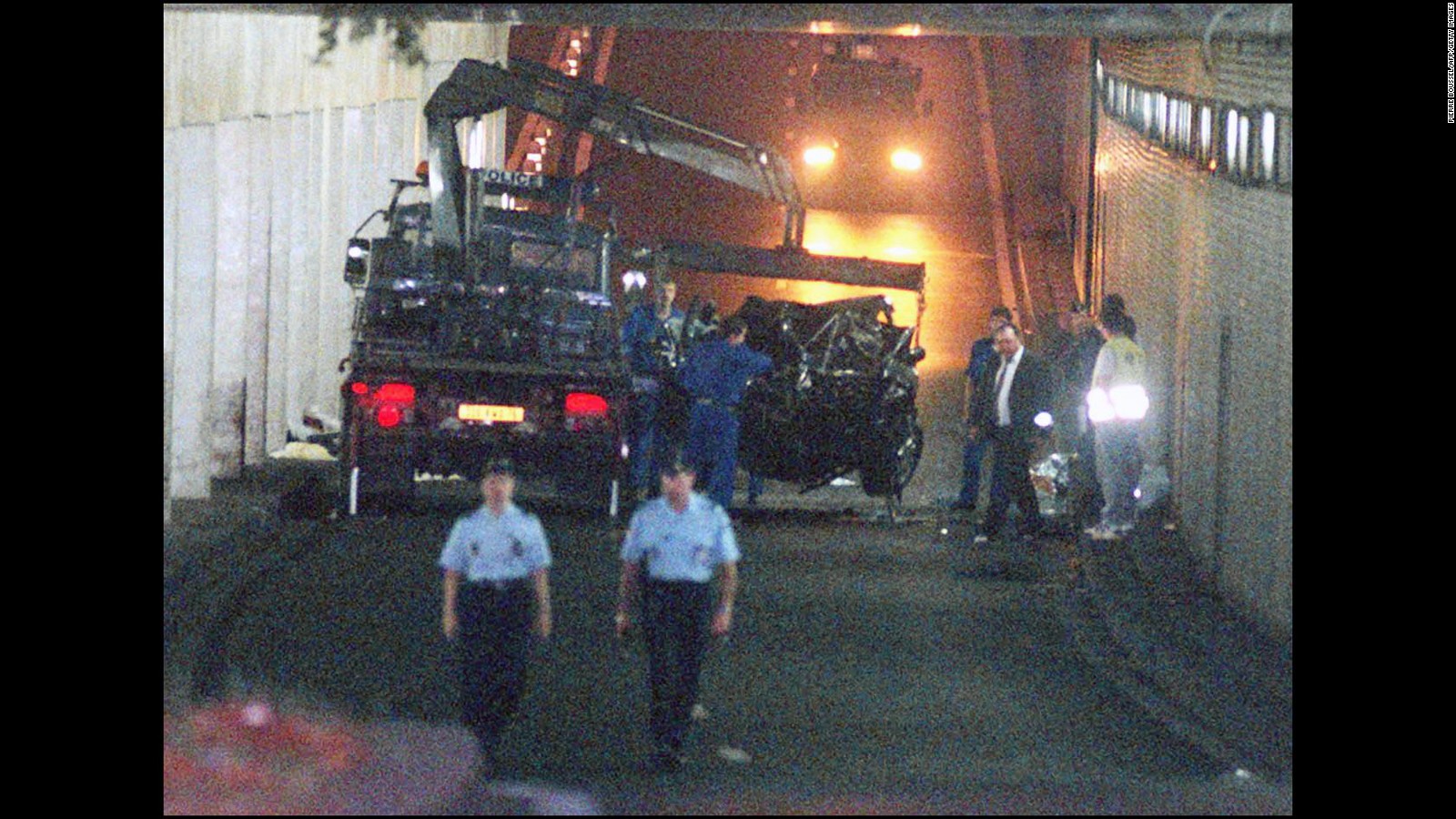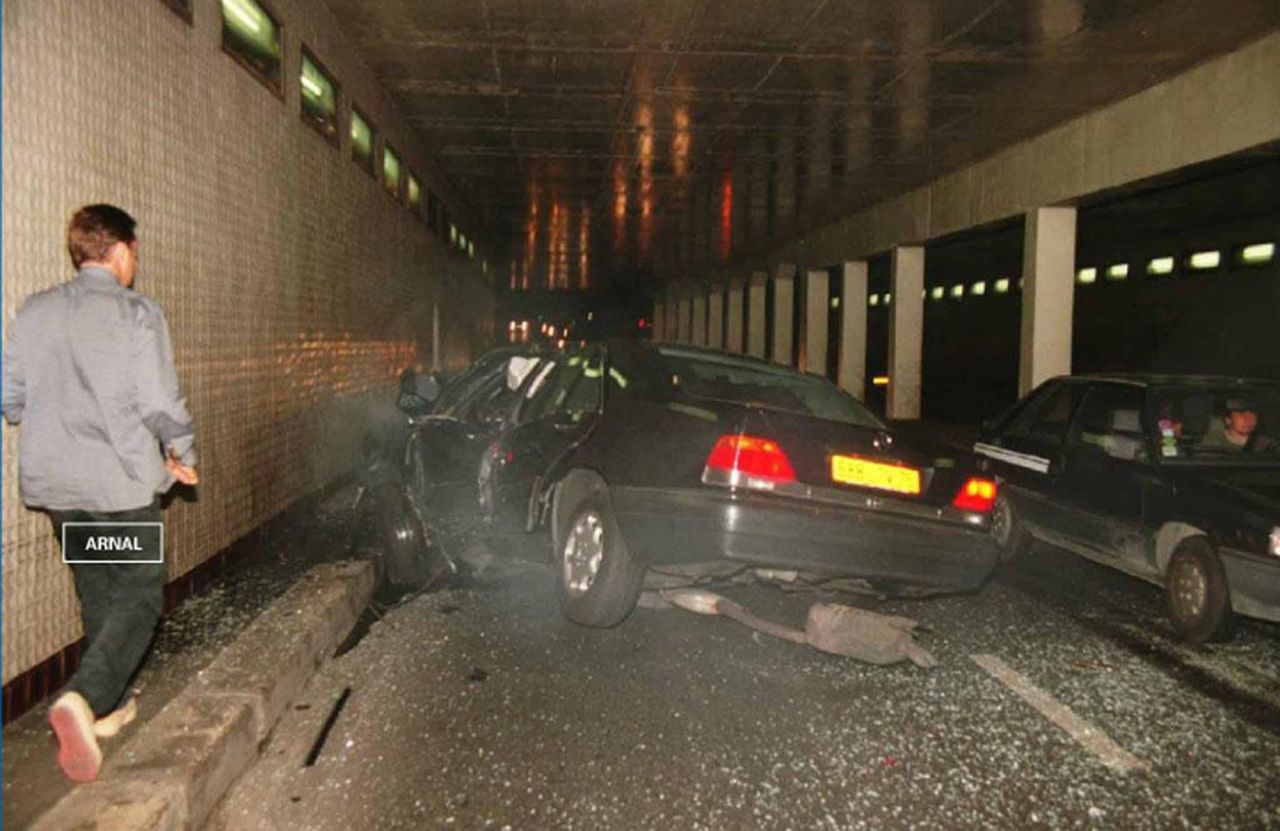Unveiling The Truth: Pictures Of Princess Diana's Death
Princess Diana's death remains one of the most tragic events in modern history, capturing global attention and leaving an indelible mark on millions of lives. The images surrounding her final moments have become iconic, yet deeply painful reminders of a life cut tragically short. This article delves into the details of Princess Diana's death, examining the circumstances and the visual evidence that emerged in its aftermath.
Princess Diana, known for her humanitarian work and grace, left an enduring legacy that continues to inspire people worldwide. Her untimely death in 1997 shocked the world, sparking widespread grief and a desire to understand the events that led to her passing. Through this article, we aim to provide a comprehensive overview of the tragedy while respecting the dignity of the late Princess.
As we explore the pictures and facts surrounding Princess Diana's death, it is essential to approach the subject with sensitivity and respect. The images captured during that fateful night have become symbols of loss, and understanding their context is crucial in honoring her memory.
Read also:Selfie Wife A Comprehensive Guide To The Rise Of Selfie Culture Among Wives
Table of Contents
- Biography of Princess Diana
- Circumstances Leading to Princess Diana's Death
- Pictures of Princess Diana's Death
- Global Impact of the Tragedy
- Investigation and Findings
- Conspiracy Theories Surrounding the Death
- Princess Diana's Enduring Legacy
- Media Coverage and Public Reaction
- Ethical Considerations in Reporting
- Conclusion and Reflection
Biography of Princess Diana
Early Life and Marriage
Princess Diana, born Diana Frances Spencer on July 1, 1961, was a member of British aristocracy. She married Prince Charles, heir to the British throne, in 1981, becoming the Princess of Wales. Her charm and compassion quickly endeared her to the public, earning her the nickname "The People's Princess."
Humanitarian Work
Throughout her life, Princess Diana dedicated herself to various charitable causes, including AIDS awareness, landmine clearance, and support for vulnerable children. Her efforts brought global attention to these issues, significantly influencing public perception and policy.
| Full Name | Diana Frances Spencer |
|---|---|
| Birth Date | July 1, 1961 |
| Death Date | August 31, 1997 |
| Spouse | Prince Charles |
| Children | Prince William and Prince Harry |
Circumstances Leading to Princess Diana's Death
On the night of August 31, 1997, Princess Diana was involved in a car accident in the Pont de l'Alma tunnel in Paris. She was traveling with her partner, Dodi Fayed, and driver Henri Paul, who was under the influence of alcohol. The crash occurred at high speed, resulting in severe injuries to all occupants.
Factors Contributing to the Accident
- Excessive speed due to paparazzi pursuit
- Driver impairment from alcohol consumption
- Failure to wear seat belts
Pictures of Princess Diana's Death
The images captured after the accident have become some of the most haunting photographs in history. Paparazzi were present at the scene, leading to controversial photos that captured the immediate aftermath of the tragedy.
Controversy Surrounding the Photos
The release of these pictures sparked outrage, raising questions about the ethics of media intrusion and the responsibility of photographers in moments of tragedy. Many criticized the relentless pursuit of Princess Diana by the press, which some argue contributed to the fatal accident.
Global Impact of the Tragedy
Princess Diana's death sent shockwaves around the world, with millions mourning her loss. Her funeral was watched by an estimated 2.5 billion people globally, highlighting her immense popularity and influence.
Read also:Fifty Shades Of Blue Exploring The Depth And Versatility Of This Captivating Color
Public Mourning and Tributes
- Floral tributes placed at Kensington Palace
- Memorial services held worldwide
- Charitable donations in her honor
Investigation and Findings
An official inquiry into Princess Diana's death concluded that the primary cause of the accident was reckless driving exacerbated by alcohol consumption. The investigation also highlighted the role of paparazzi in creating unsafe conditions for the vehicle.
Key Findings
- Driver Henri Paul's blood alcohol level was above the legal limit
- Excessive speed was a significant factor in the crash
- Failure to install proper safety measures in the vehicle
Conspiracy Theories Surrounding the Death
Despite the official findings, various conspiracy theories emerged, suggesting alternative explanations for Princess Diana's death. Some speculated about involvement from the British royal family or intelligence agencies, although no credible evidence supports these claims.
Addressing Misinformation
It is crucial to rely on verified sources when examining such theories. Misinformation can distort historical events and undermine public trust in official investigations.
Princess Diana's Enduring Legacy
Princess Diana's legacy continues to inspire generations through her humanitarian work and dedication to social causes. Her sons, Prince William and Prince Harry, have carried forward her mission, focusing on mental health, environmental issues, and supporting marginalized communities.
Continued Influence
- Foundations established in her name
- Ongoing charitable initiatives
- Documentaries and films commemorating her life
Media Coverage and Public Reaction
The media played a pivotal role in shaping public perception of Princess Diana's death. Extensive coverage brought the tragedy to the forefront of global consciousness, while also raising important questions about the ethical boundaries of journalism.
Lessons Learned
The incident prompted discussions about responsible reporting and the need for media outlets to prioritize ethical standards over sensationalism.
Ethical Considerations in Reporting
Respecting privacy and dignity in moments of tragedy is essential for ethical journalism. The coverage of Princess Diana's death served as a turning point, encouraging media organizations to adopt more responsible practices.
Guidelines for Responsible Reporting
- Respect for victims' families
- Minimizing intrusive coverage
- Prioritizing factual accuracy
Conclusion and Reflection
Princess Diana's death remains a defining moment in history, capturing the world's attention and leaving a lasting impact on society. Through this article, we have explored the circumstances surrounding her tragic passing, the images that emerged, and the global reaction to the event. Her legacy continues to inspire change and compassion worldwide.
We invite readers to reflect on the lessons learned from this tragedy and consider how they can contribute to a more respectful and responsible media landscape. Share your thoughts in the comments below, and explore other articles on our site for further insights into historical events and their significance.
For more information, refer to reputable sources such as BBC News and History.com.


